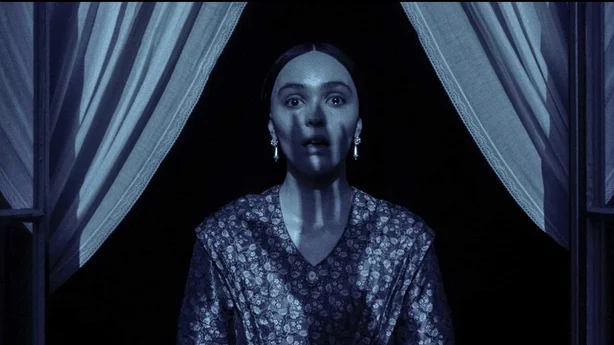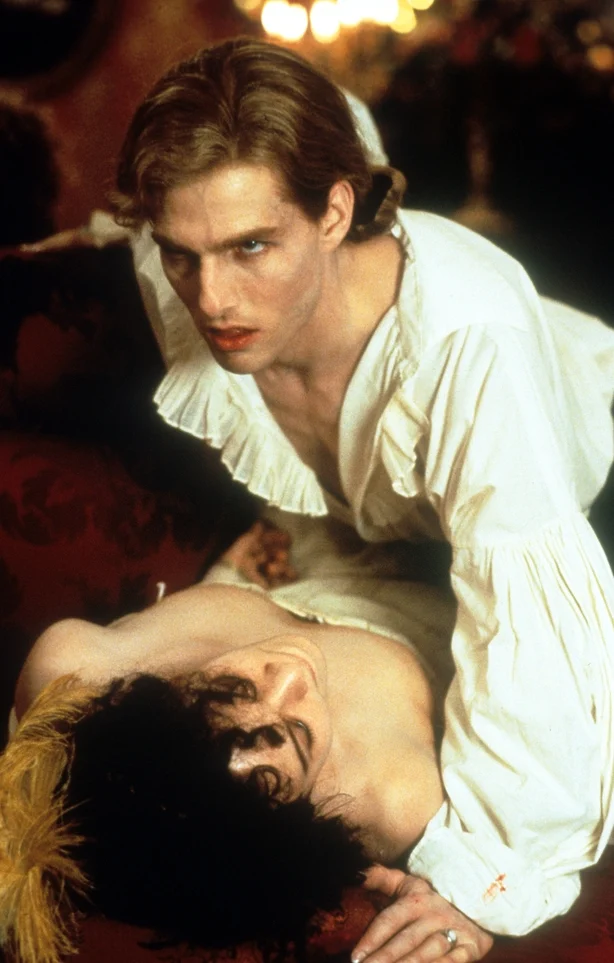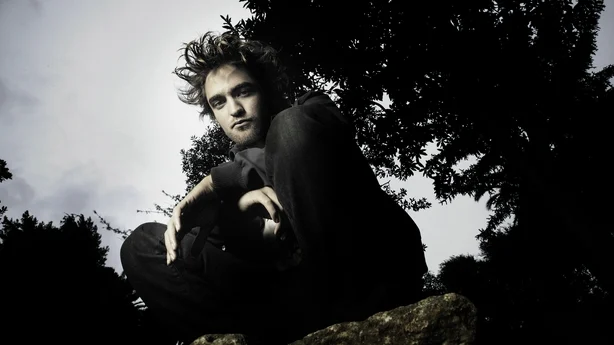Stay updated with the latest beauty tips, trends, and news from our salon experts. Our blog is your go-to source for all things beauty.
What do Edward Cullen, Gary Oldman's Count Dracula, and Nosferatu (or at least Bill Skarsgaard's recent incarnation of the character) have in common? Yes, they're vampires, but more importantly - they're sexy.
Since Skarsgaard donned his prosthetics for Robert Eggers' interpretation of the vampire myth in Nosferatu, cinephiles and TikTok feeds have been ablaze with the same question: why do I find this decaying, lonely, mustachioedand focus features.ky?
Vampires have a long legacy of awakening our strangest, most subterranean desires. Existing in some form through centuries of folklore and oral storytelling, Irish author Bram Stoker distilled the image even more in his 1897 publication Dracula, in which Count Dracula and the effect of his blood lust became even more intertwined with sexuality and desire.
We need your consent to load this Instagram contentWe use Instagram to manage extra content that can set cookies on your device and collect data about your activity. Please review their details and accept them to load the content.Manage Preferences
Whether the vampire was an aristocratic gentleman like Count Dracula, the soft sparkly romantic teenaged Edward Cullen in Twilight, the devilishly charming vampire Lestate in Interview with the Vampire, or the grotesque and monstrous Nosferatu, the money shot was always the same: the penetration of sharp teeth into soft flesh that oozes blood.
But how did the vampire become sexy, and why?
Scholar Michael Rydman suggests that we view vampires as arousing because they allow us to explore four areas of life that can have psychological tensions: sexuality, mortality, the battle of Christianity, and the lure of the occult. The vampire became a way for readers and viewers to indulge in independent thought about sex and sexual norms, while still maintaining looking like any other "respectable" member of society.

Even more shocking than the vampire bite, vampire sex falls into the taboo category of sexuality: it is sex with a being that is not human, not dead but not living, and a transgressor of cultural, moral, sexual, and biological norms. The vampire represents the uncontrollable nature of sexuality that is intoxicating and enticing to all.
Of course, reactions to Eggers' 2024 revamp of the 1922 classic Nosferatu haven't all been open-mouthed celebrations of desire: some have taken issue with the representation of the vampire as predatory and obsessive. However, many viewers sympathised with Ellen, the tortured object of Count Orlok's desires who invokes him to her and wrestles with her manifestations of desire.
Both the vampire and female sexual desire have been labelled as monstrous over the centuries, with both subject to control and repression, and framed as something disgusting and transgressive. However, with the reclaiming of the vampire as a means to explore women's experiences, the vampire is feared for a new reason: as a feminist challenge to patriarchal constraints on female bodies and sexuality.
vampires are inherently sensual creatures in that have been used to symbolize human sexuality and the forbidden since their inception so im not sure why anyone is shocked nosferatu is steeped in eroticism
— ً (@beImonttrevor) December 27, 2024
Academic Victoria Amado claims that "the victimized virgin of the early 19th century has become the social activist avenger of the 21st century and shows no sign of playing dead", and notes how much vampires and feminists had faced challenges and had both rebelled against the control of sex.
She writes: "At a time when the word 'vampire' has as much of a dangerous cachet as the word 'feminist,' more and more women continue to be fascinated by the children of the night, and the bittersweet music they make."
What's also fascinating is how the vampire has been transformed into a sex symbol in a multi-faceted way through female-generated content and online communities. The enduring appeal of the vampire figure is that it is so changeable, and its lore is participatory and inclusive, so naturally it goes hand-in-hand with the world of fan fiction.
There has been an explosion of female writers creating lesbian vampire fiction, according to Professor Amado. That this genre has been used to explore race, gender, and power dynamics by writers such as Pam Keesey, Victoria A Brownworth and Jewelle Gomez.
Vampire erotica is a genre where the rules of traditional literature could be dismantled and gendered social and sexual norms could be challenged.

Sexy vampires are also a rejection of both religion and pornographic depictions of what sex and sexuality should look like, and the feminist vampire also made an appearance in feminist porn, with bites promoted as ‘sensual’ rather than scary.
The vampire has also been used to create transgressive depictions of sex. Feminist porn director Erika Lust’s film Can Vampires Smell My Period? blends vampire fantasies and period sex, challenging notions of disgust, desire, and arousal while continuing the use of both the vampire and erotic content as a vehicle for feminist social activism.
Researcher Nicola Doering explains why erotic fan fiction has enormous potential for authentic pleasure:
"It often covers non-heterosexual pairings (e.g., "Kirk/Spock," "Janeway/Seven"), unconventional sexual lifestyles (e.g. BDSM), a "female gaze" on male protagonists (e.g. focus on the men’s physical attractiveness), and a range of women’s sexual fantasies (e.g. the trope of the hot billionaire or the hot Italian mafia boss). Therefore, erotic fan fiction differs from traditional, male-centered, cisgender, and heteronormative mainstream media."
The positive impacts of consuming and creating this content, as well as participating in their communities, were wide ranging, from improved knowledge of sex education, openness and acceptance towards others, and an increased interest in political activism.

This in turn led to increases in their personal levels of sexual confidence, showing the real-life impact in this participatory expression of desire through the metaphor of the vampire. This potential source for sexual liberation may also be enjoyed as a respite from violent porn or unrealistic content.
In the wake of the book and film Twilight, much discourse raged over its quality and messaging about teenage relationships, and the controversial choice to depict vampires as sparkly skinned high schoolers. The online debates about Twilight's depiction of sex, gender, abortion, relationships, and feminism allowed people a space to discuss those topics perhaps for the first time.
The perceived protective and benevolent nature of Edward allowed people to use the series as a way to express their sexuality, and it worked: there are millions of Twilight themed erotic fan fiction writings online, in print, and in audio format.
These communities also became safe spaces to talk about consent, stalking and sexual violence, in such ways that these spaces became important communities as well as entertainment.
The rise of this ‘dark fantasy’ genre featuring romantic and explicitly sexual encounters with vampires shows us that women have found a way to harness horror to create pathways to pleasure on an individual and communal level, beyond the confines of porn sex and patriarchal sex.